Optimal Timing for Yard Regrading
Regrading yards involves reshaping and leveling land to improve drainage, stability, and surface quality. Timing plays a crucial role in achieving optimal results, as environmental conditions directly impact the effectiveness of regrading projects.
Spring offers moderate temperatures and increased moisture, facilitating soil work and settling. It is suitable for projects requiring soil stabilization before summer.
Summer provides longer daylight hours and warm weather, ideal for large-scale regrading. However, dry conditions may necessitate additional watering.
Fall allows for regrading before winter, giving the land time to settle. Cooler temperatures and increased precipitation can aid in soil compaction.
Winter is generally less suitable due to frozen ground and limited workability. However, in milder climates, certain regrading activities can be performed if conditions permit.
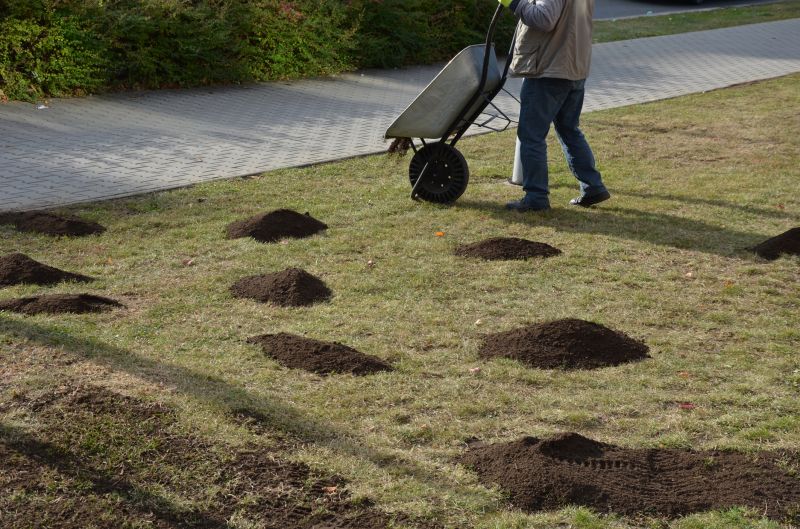
Ways to make Regrading Yards work in tight or awkward layouts.

Popular materials for Regrading Yards and why they hold up over time.
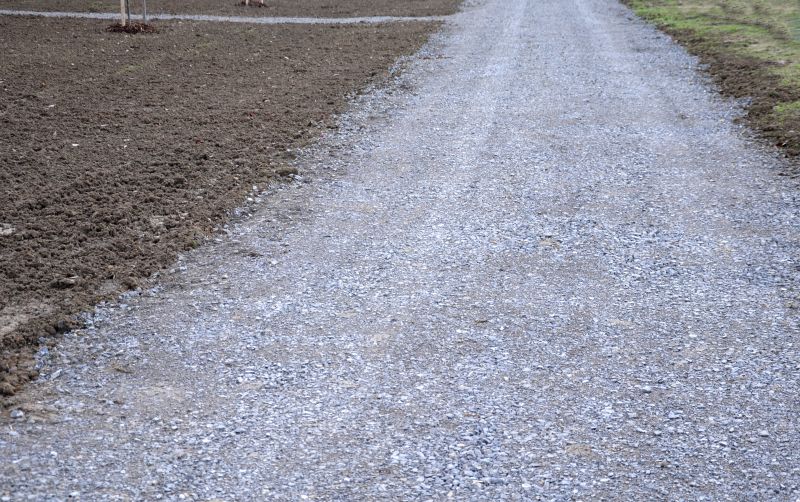
Simple add-ons that improve Regrading Yards without blowing the budget.

High-end options that actually feel worth it for Regrading Yards.
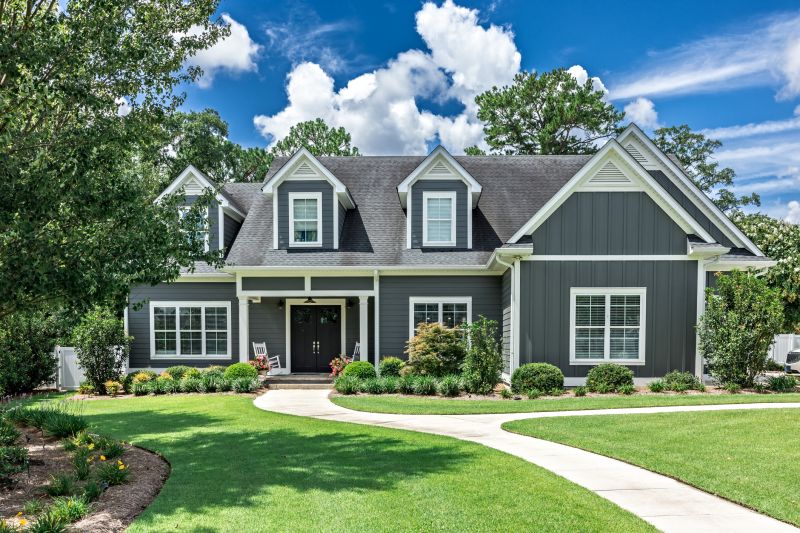
Finishes and colors that play nicely with Regrading Yards.
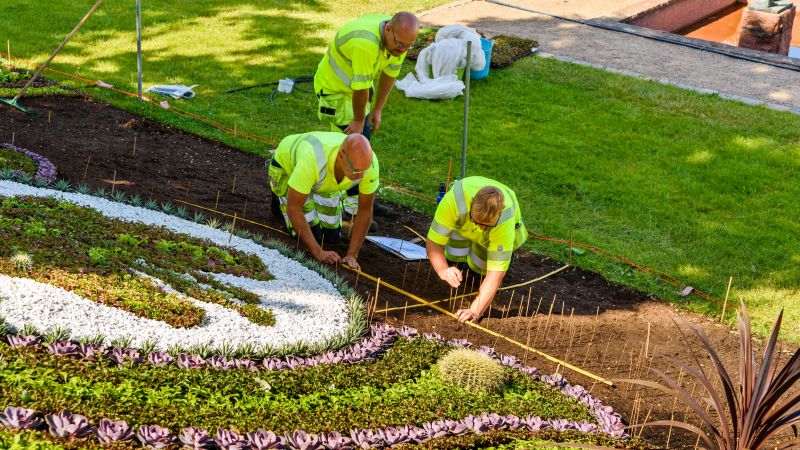
Little measurements that prevent headaches on Regrading Yards day.
Regrading yards is a vital process in land development, ensuring proper drainage, surface stability, and suitability for future use. Proper timing maximizes efficiency and results, reducing the need for rework and additional costs.
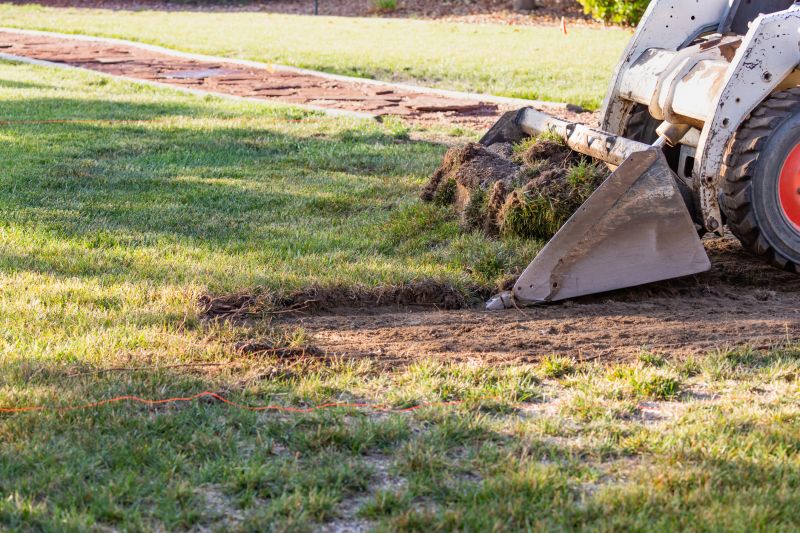
A 60-second routine that keeps Regrading Yards looking new.
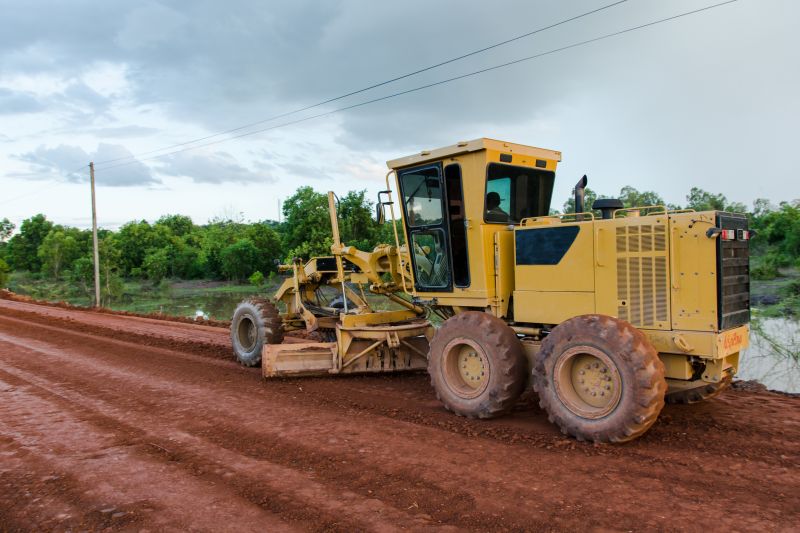
A frequent mistake in Regrading Yards and how to dodge it.
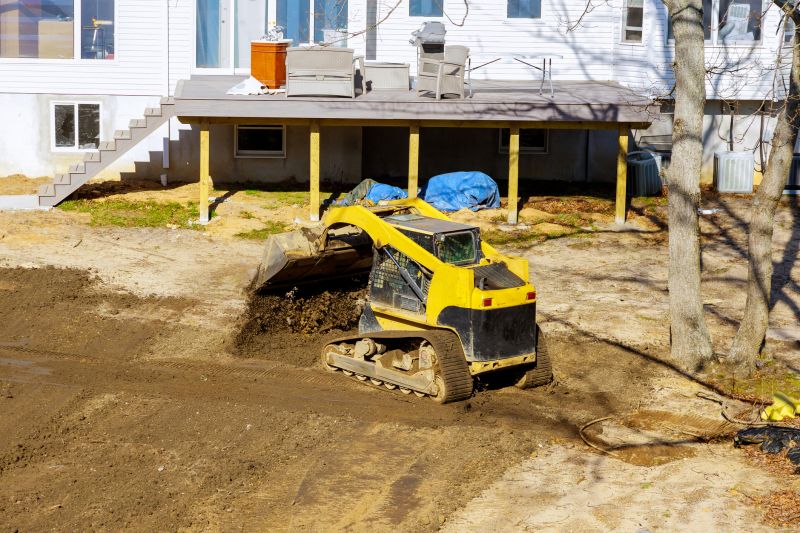
Small tweaks to make Regrading Yards safer and easier to use.
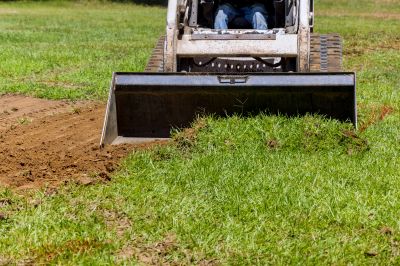
Lower-waste or water-saving choices for Regrading Yards.
| Season | Ideal Conditions |
|---|---|
| Spring | Moderate temperatures, increased moisture, soil settling |
| Summer | Long daylight, warm weather, dry conditions possible |
| Fall | Cooler temperatures, precipitation, soil settling |
| Winter | Frozen ground, limited workability |
| Optimal Timing | Late spring to early fall, depending on climate |
Selecting the appropriate time for regrading yards depends on local climate patterns, soil conditions, and project goals. Proper timing ensures efficient work, better soil compaction, and long-lasting results.

The short, realistic tool list for quality Regrading Yards.
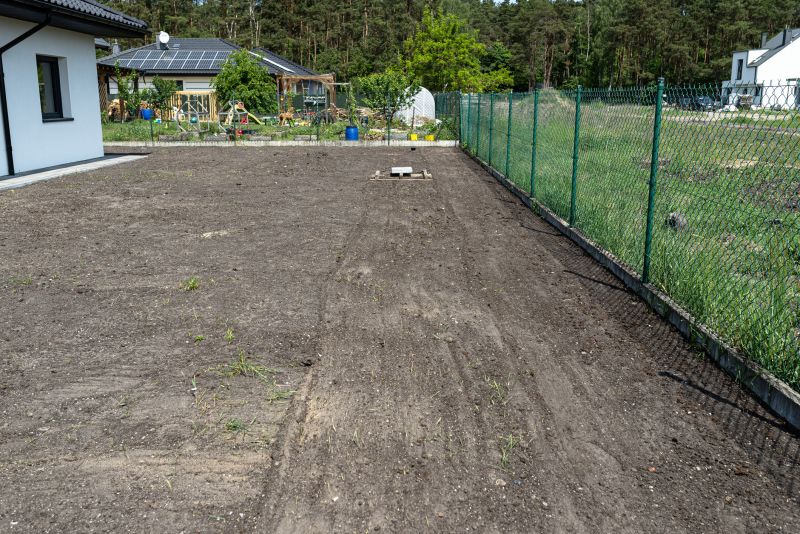
Rough timing from prep to clean-up for Regrading Yards.

Quick checks and paperwork to keep after Regrading Yards.
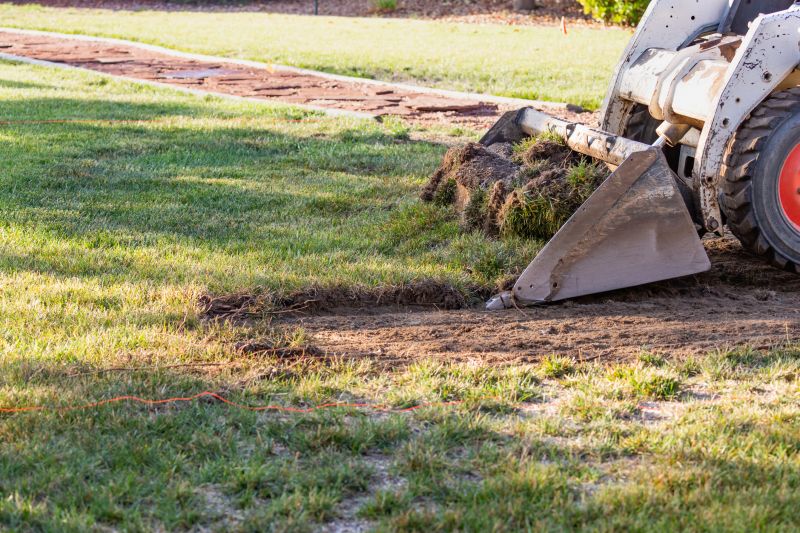
Examples that show the impact a good Regrading Yards can make.
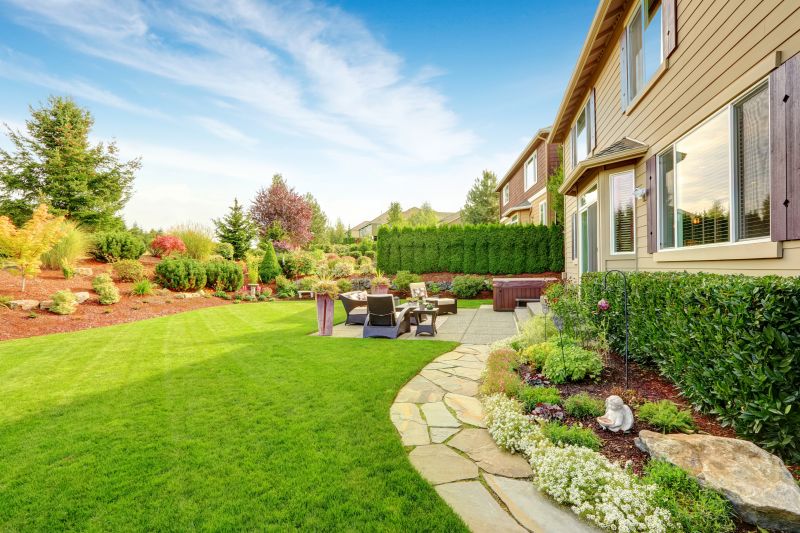
Ways to make Regrading Yards work in tight or awkward layouts.

Ways to make Regrading Yards work in tight or awkward layouts.

Ways to make Regrading Yards work in tight or awkward layouts.

Ways to make Regrading Yards work in tight or awkward layouts.
Interested parties are encouraged to contact for further information or to discuss regrading yard projects. Proper timing and execution can significantly enhance land usability and longevity.



